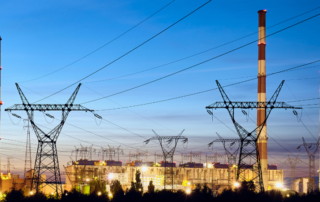Con Edison NY Rising Energy Costs
Con Edison is proposing significant rate hikes for 2026, with electric bills expected to rise by 11.3% and gas by 13.4% across New York City and Westchester. These increases highlight the urgent need for businesses to plan energy procurement strategies for the years ahead.
Understanding Grid Interconnections: How Power Grids Stay Connected And Reliable
The U.S. electric grid is more than just wires and substations. It’s a complex, interconnected system designed to ensure reliable electricity delivery across vast distances. Understanding how grid interconnections function is essential as renewable energy grows and utilities work to meet increasing demand with smarter, more resilient infrastructure.
Lessons Learned From Two Decades Of Energy Deregulation
Energy deregulation has transformed the U.S. energy landscape over the past two decades, introducing both opportunities and challenges for businesses and consumers. While deregulated markets have driven innovation, increased renewable energy adoption, and created competitive pricing structures, they have also faced regulatory scrutiny, market volatility, and consumer protection concerns. As the energy sector continues to evolve, policymakers are refining deregulation models to better support renewable energy integration, capacity market stability, and consumer transparency.
Building Trust: What Commercial Energy Clients Expect from Suppliers
When choosing an energy supplier, commercial customers seek more than just competitive pricing; they prioritize transparency, reliability, and long-term value. With evolving market complexities and regulatory changes, businesses must navigate supplier relationships carefully to ensure they receive fair pricing, ethical service, and contract flexibility.
Strategies to Mitigate Rising Energy Capacity Prices in 2025 and Beyond
With energy capacity prices set to rise in 2025 and beyond, businesses must take proactive steps to control costs and minimize financial risks. From optimizing load factor to investing in on-site generation, there are effective strategies to offset these expenses. Leveraging expert guidance can make all the difference in managing long-term energy costs.
Understanding the Power Markets: A Comprehensive Guide to Upstream and Downstream Energy Systems
The U.S. power markets are intricate systems composed of various participants working together to ensure the reliable generation, transmission, and distribution of electricity. This guide explores the structure of upstream and downstream energy systems, their financial models, and their interdependence in powering the nation.





